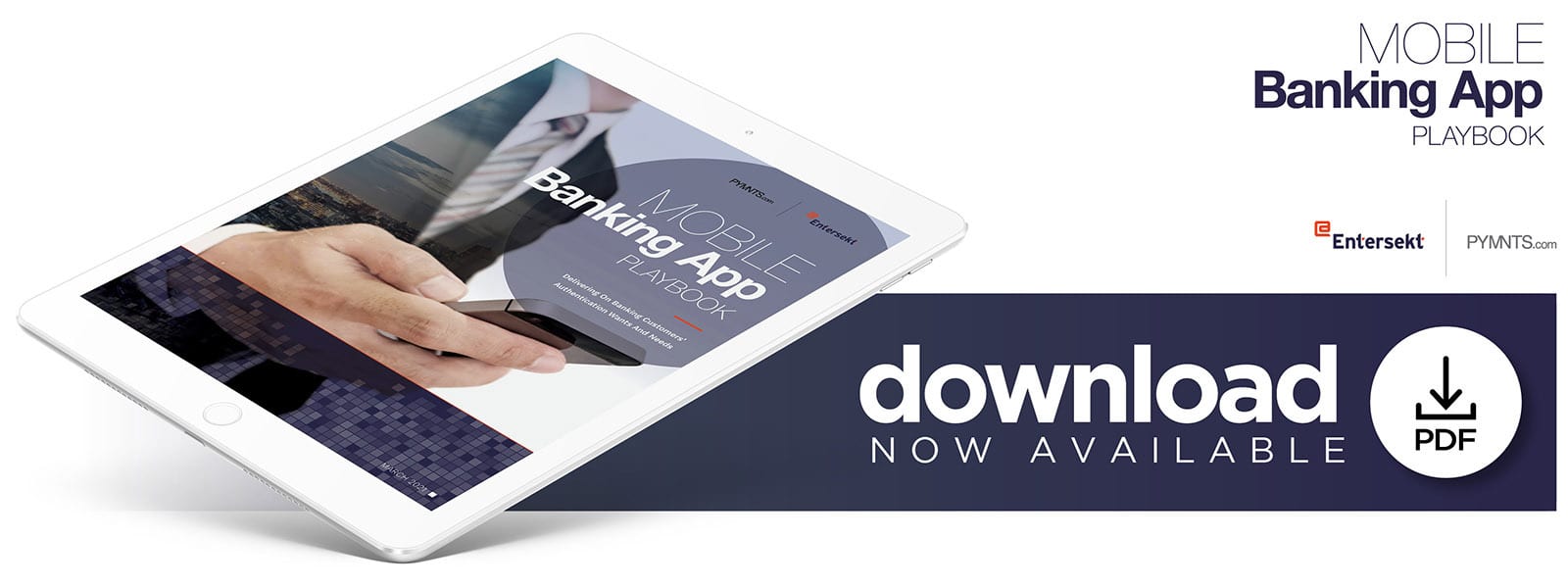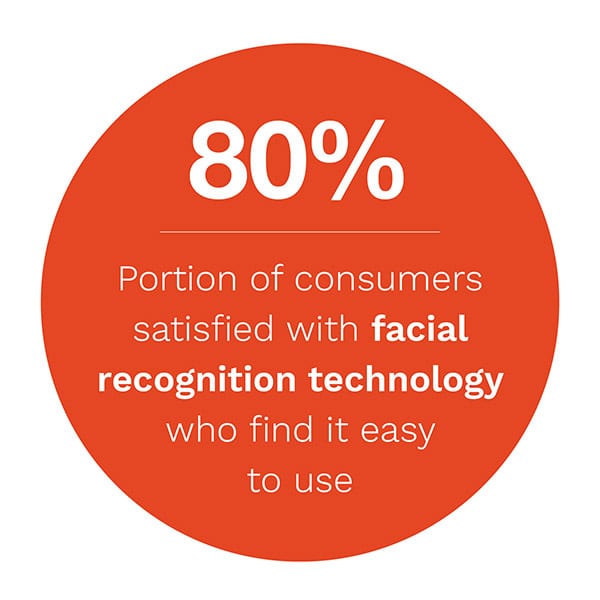
Within the past year, banking tasks that were typically done in physical branches, such as opening new accounts or adding and removing individuals from existing accounts, were increasingly performed through mobile devices.
Bank of America reported in February that 70 percent of its customers — 31 million of whom actively use its mobile app — are now seeking banking services digitally, for example.
 PYMNTS’ research indicates that consumers are using digital and mobile banking tools for their safety and convenience, but issues still remain that leave customers with less than satisfactory banking experiences. One of the main areas of frustration is with the frictions caused by mobile banking app authentication.
PYMNTS’ research indicates that consumers are using digital and mobile banking tools for their safety and convenience, but issues still remain that leave customers with less than satisfactory banking experiences. One of the main areas of frustration is with the frictions caused by mobile banking app authentication.
PYMNTS’ analysis showed that ease of use, convenience and speed satisfy customers the most when it comes to authentication, which is especially true for bridge millennials and high-earning consumers. Overall, consumers want to feel more protected against fraud by having control over how they are authenticated. Financial institutions (FIs) should keep these factors in mind when offering mobile banking apps if they want to enhance customer engagement and trust.
The second installment of the Mobile Banking App Playbook series, the Delivering On Banking Customers’ Authentication Wants And Needs edition, a PYMNTS and Entersekt collaboration, identifies why banking customers are dissatisfied with authentication practices, examines what makes for satisfactory mobile banking app authentication experiences and offers a roadmap for how FIs can address these issues. This Playbook draws from the Mobile Banking App Report, which is based on a census-balanced survey of 2,581 consumers.
 PYMNTS research reveals that more than 97 percent of banking customers want control over their mobile banking apps’ authentication processes. It may come as no surprise that nearly all of the 21 percent of consumers who use biometric-based authentication methods like fingerprint scans and facial recognition say they are highly satisfied with their experiences. Eighty percent of consumers who are satisfied by facial recognition find it easy to use, and 77 percent who are satisfied with fingerprint-based authentication feel the same way. Nearly three-quarters of consumers that are satisfied by facial recognition and fingerprint scanning find them convenient as well.
PYMNTS research reveals that more than 97 percent of banking customers want control over their mobile banking apps’ authentication processes. It may come as no surprise that nearly all of the 21 percent of consumers who use biometric-based authentication methods like fingerprint scans and facial recognition say they are highly satisfied with their experiences. Eighty percent of consumers who are satisfied by facial recognition find it easy to use, and 77 percent who are satisfied with fingerprint-based authentication feel the same way. Nearly three-quarters of consumers that are satisfied by facial recognition and fingerprint scanning find them convenient as well.
Despite consumers’ desire for control, there is a gap that exists between consumers’ expectations and what banks offer. PYMNTS’ research shows that 42 percent of consumers can currently choose the transactions they want to authenticate, and 37 percent have the ability to choose from a list of authentication methods.
Consumers also equate authentication control to security, as 49 percent say it gives them peace of mind. When it comes to what specifically they are looking for, 93 percent of respondents would like control in choosing a login authentication method, 88 percent would like to add login authentication methods, and 86 percent would like to add transaction authentication methods.
Security is crucial for consumers who find it important to have control o ver how they are authenticated, as 85 percent report that they would feel safer if they had control over their authentication methods. Only 36 percent of consumers who do not want control over their authentication think that their FIs know best on how to protect them. Fifty-six percent of respondents think that having more control over authentication procedures would result in “much lower” or “somewhat lower” chances of fraud.
ver how they are authenticated, as 85 percent report that they would feel safer if they had control over their authentication methods. Only 36 percent of consumers who do not want control over their authentication think that their FIs know best on how to protect them. Fifty-six percent of respondents think that having more control over authentication procedures would result in “much lower” or “somewhat lower” chances of fraud.
These findings touch on just a few of the insights outlined in PYMNTS’ research. To learn more about how consumers feel about authentication with their mobile banking apps, and how FIs can ensure they are offering the right features to meet their needs, download the playbook.

